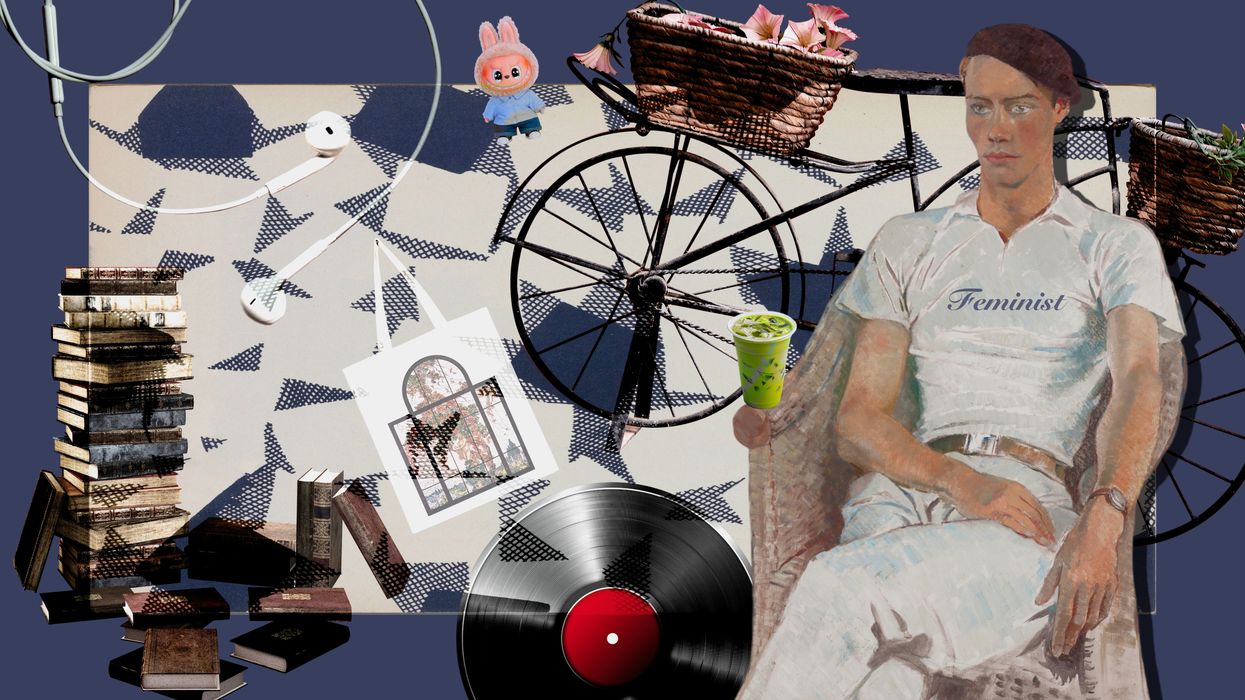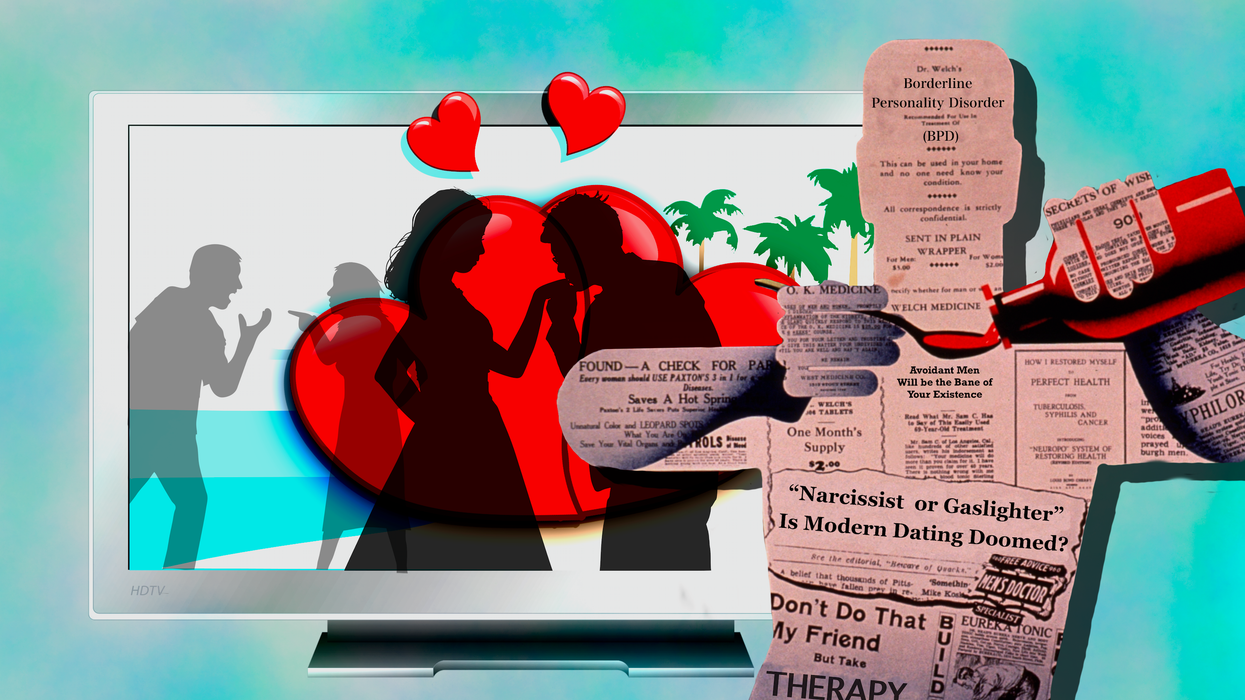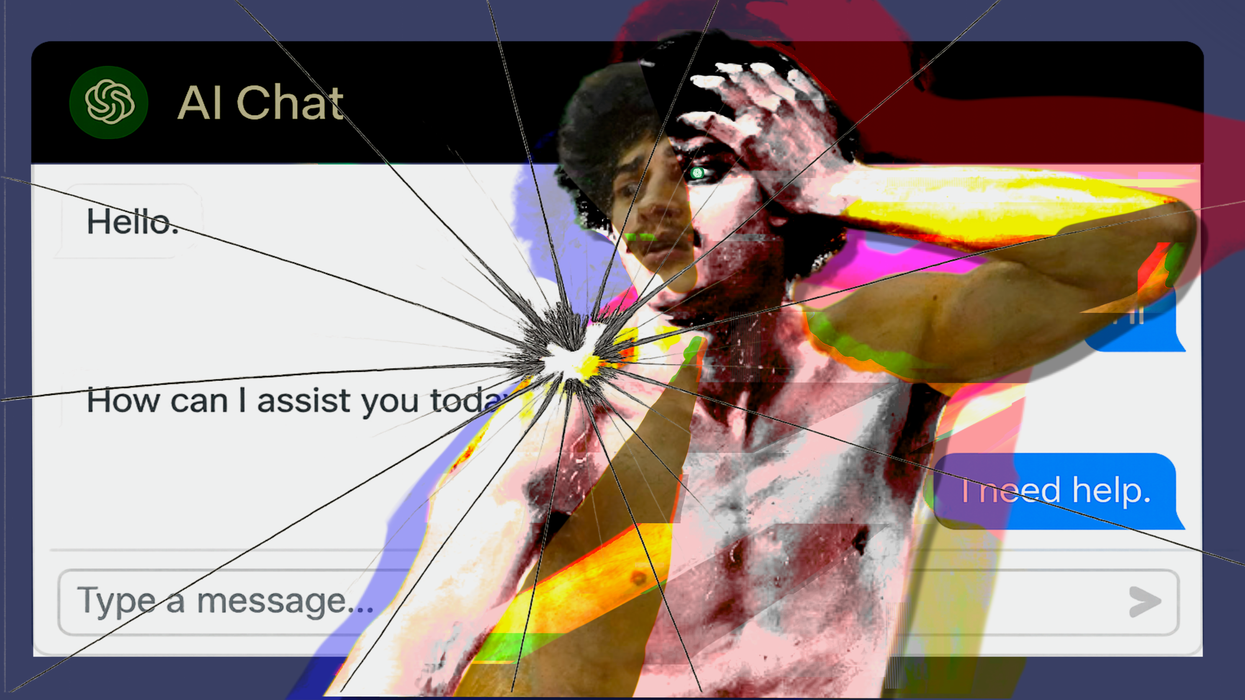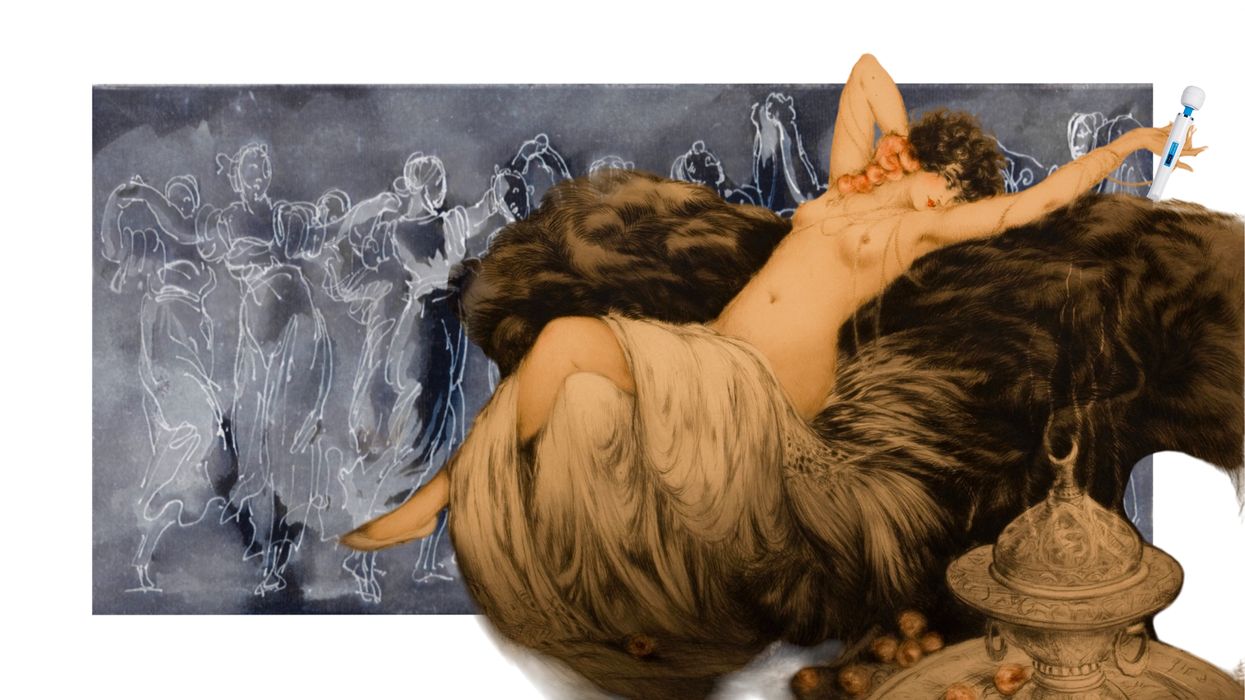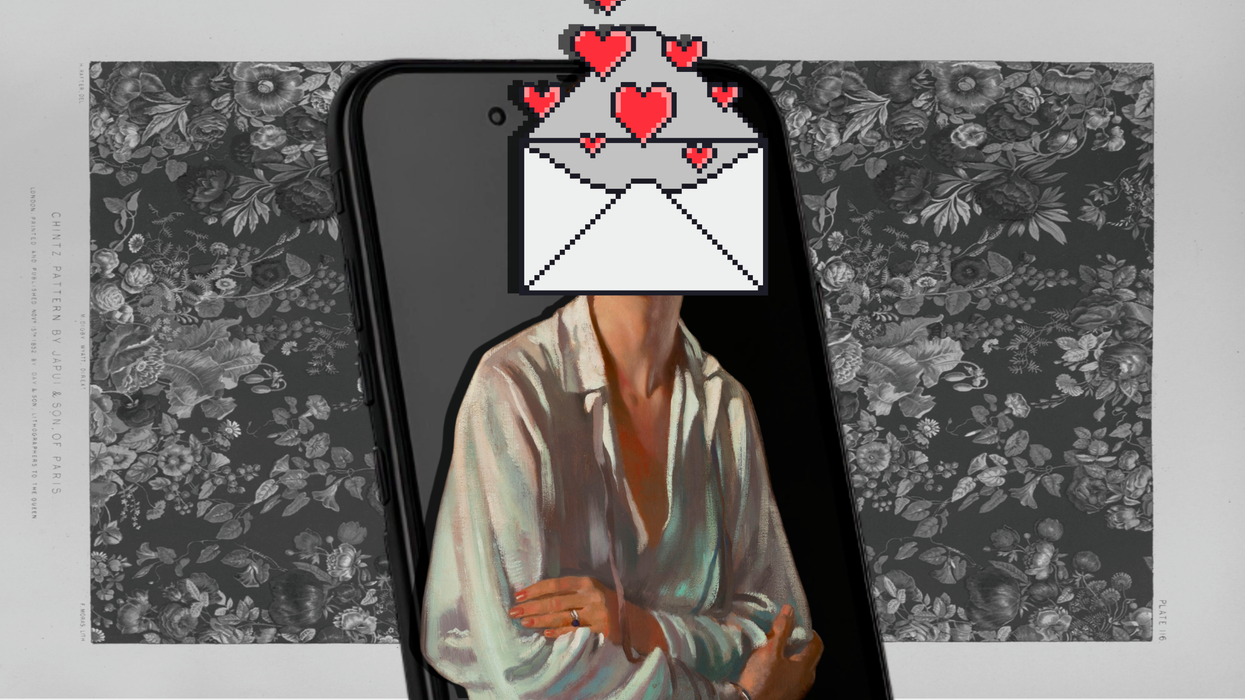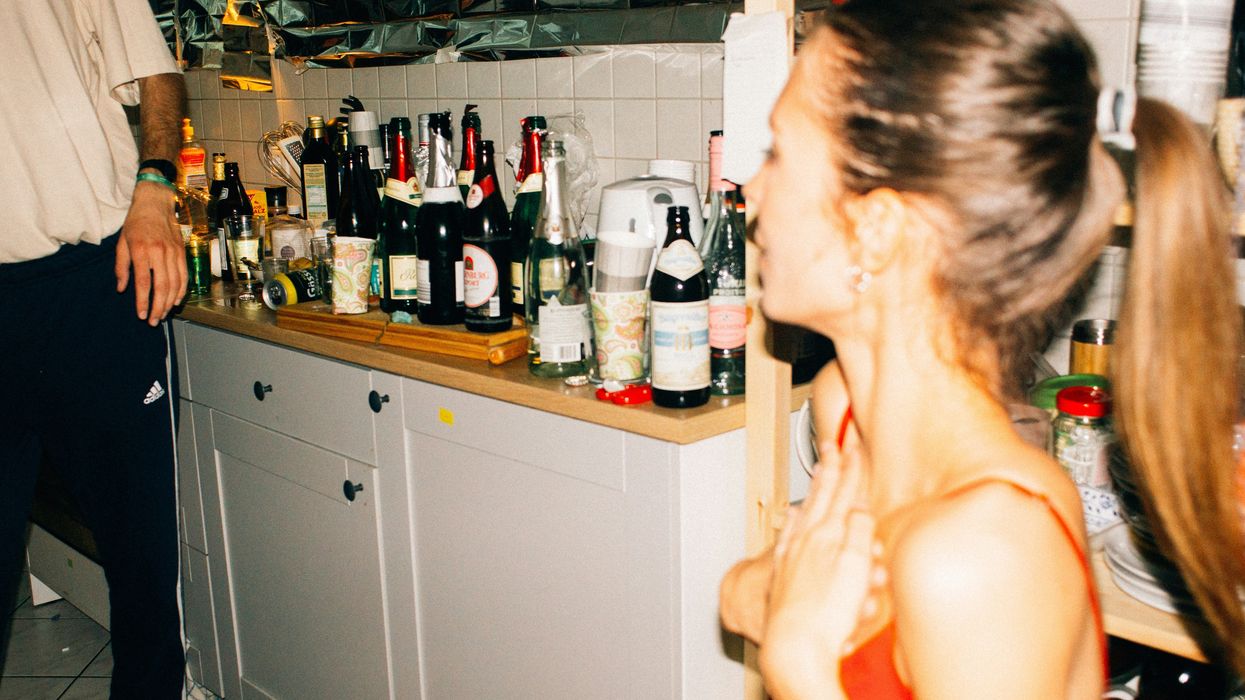It’s a quiet Friday night, and Kirstin is busy setting up her injection station. Laid out on a tray for easy access, she places an alcohol wipe and a tube of lidocaine cream next to a box containing a small syringe of cosmetic dermal filler. She takes another look in the mirror and studies her face while testing out the plunger, doing a few tiny passes onto the tray before placing the needle to her lips. “It is a bit nerve-wracking, of course,” the 24-year-old says while detailing her first-time experience. “But overall, I’m thrilled with my results.”
Kirstin isn’t a doctor or a nurse, but she is part of a growing number of people doing at-home cosmetic injectables. Through social media, they teach each other how to perform procedures typically done in doctors’ offices and licensed medical spas. They swap tips, share product recommendations and talk about their own experiences. They ask ChatGPT for advice and discuss Trump’s tariffs affecting the cost of South Korean imports. And with the help of facial anatomy charts, fake practice lips and YouTube demonstrations, they fill, aspirate and inject before posting their results online.
Most of them do it because of the cost. In the stratified economy of beauty, these procedures are largely reserved for the wealthy. For example, a round of Botox, which generally lasts between three to four months, costs about $435. Meanwhile, hyaluronic acid fillers lasting anywhere between six months to two years cost about $715. So when people stumble across sourcing sites recommended by other D.I.Y.ers, it can be a shock to see how low the pricing is compared to what you’d pay at a clinic.
“I’m very low-income,” Kirstin explains, adding that a single syringe of lip filler at her local med spa would cost close to her monthly income. “Not discretionary income. I’m talking everything I take home.”
For others like Sydney, it’s a combination of what she calls the med spa “markup” and feeling comfortable enough in her knowledge base. After a year of doing her own skin booster, filler and fat dissolver “completely alone,” the 29-year-old says she's content with the tools at her disposal. Granted, she admits to still worrying and always keeping a facial anatomy chart next to her while injecting — especially after she recently gave herself a black eye.
But that's only the tip of the iceberg when it comes to possible complications. As Dr. Anshul Gambhir of Gambhir Cosmetic Medicine says, there’s “a long list of risks,” including, but not limited to, uneven results, counterfeit products and unintended side effects. In one case published in Dermatologic Surgery, a healthy 46-year-old woman developed extensive livedo reticularis — a condition that causes net-like skin discoloration — after injecting hyaluronic acid purchased online. Instead of filling out her temples, it triggered a mottled pattern of swollen blood vessels across her forehead and scalp. She ultimately required professional intervention to manage the reaction.
There can also be more serious complications like anaphylaxis and embolization, with several doctors saying they’ve also seen at-home injectors come in with severe infections and tissue death (necrosis). Damage to blood vessels is another big concern, with Dr. Richard Bottiglione, founder of Dermatologist’s Choice Skincare, saying that things like black eyes “means you’ve usually hit a vein or an artery or [squeezed] too hard and put too much pressure on the skin.”
He says, “The chances of being able to get the right location or being able to do it correctly is very slim.”
For these reasons, Dr. Gambhir says at-home injections are “an absolute no,” which Dr. Bottiglione echoes by saying, “It would be next to impossible to do a good job with injecting yourself.”
At-home injectors aren't unaware of these potential complications. According to Kirstin, the “main thing that scared me with filler is the risk of vascular occlusion,” which is when filler cuts off oxygen and nutrients to the skin after entering the bloodstream or blocking arteries. Results range from bruising around the injection site to blindness if the filler migrates to the area around the eye. However, Kirstin says her self-taught “anatomy study helped me to feel okay” after learning the location of main arteries in the lips and “designing my approach to avoid them as much as possible.”
“For me, the reward has been so absolutely worth the risk,” she says. “My opinion is it’s only reckless if you don’t educate yourself as much as possible beforehand.”
Both Kirstin and Sydney also say that there’s something about taking matters into your own hands. For Sydney, it’s about clinicians who, she believes, could potentially “make the exact mistakes you could make at home,” before saying she thinks “it’s easier to feel your own anatomy than have someone guess.” But for Kirstin, it’s more about taking control of the situation, as she “personally feels better about doing this stuff when the risk is in my hands instead of in someone else’s.”
She adds, “I only have myself to blame if things go wrong.”
The growing trend of at-home injectables not only sheds light on the financial barriers to beauty treatments but also raises critical questions about the future deployment of these procedures. U.S. law prohibits performing medical procedures or using unapproved products obtained without proper licensing, and the FDA has previously issued warnings against the self-administration of cosmetic injectables. However, the online prevalence of cheap D.I.Y. kits, tools and products imported from Asia means it’s easy to quietly perform these procedures at home. And with financial accessibility remaining a driving force for many, the biggest concern is whether the beauty industry will evolve to provide safer, more affordable and regulated alternatives.
In the meantime, experts agree that self-administration isn't the way, especially without proper medical training and oversight. But that’s unlikely to stop D.I.Y. injectors including Kirstin, who admits she didn’t feel the need for filler until seeing what was going around social media.
“When I decided to do it several months later, it was because I liked the idea of looking like I had some work done and could afford to do it,” she says. “It’s especially satisfying when I achieve good results doing something I ‘shouldn’t’ do myself.”
Now, the only question left is whether she should.
*Additional reporting by Eunsoo Cho

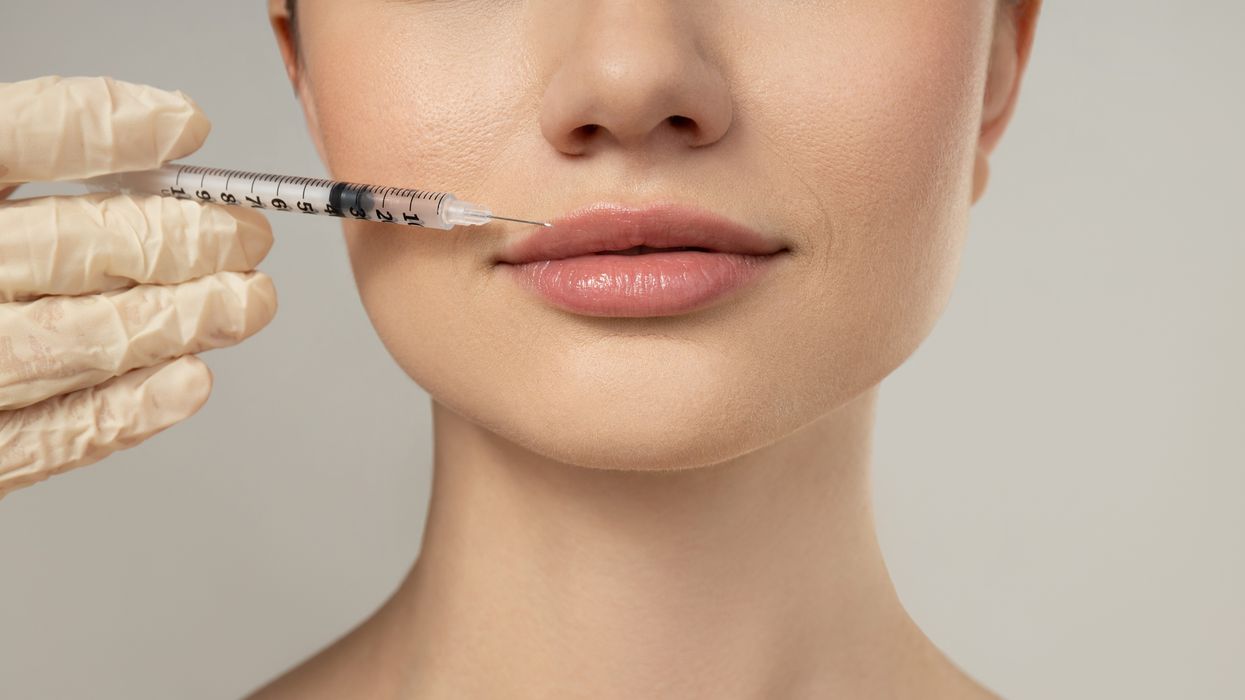

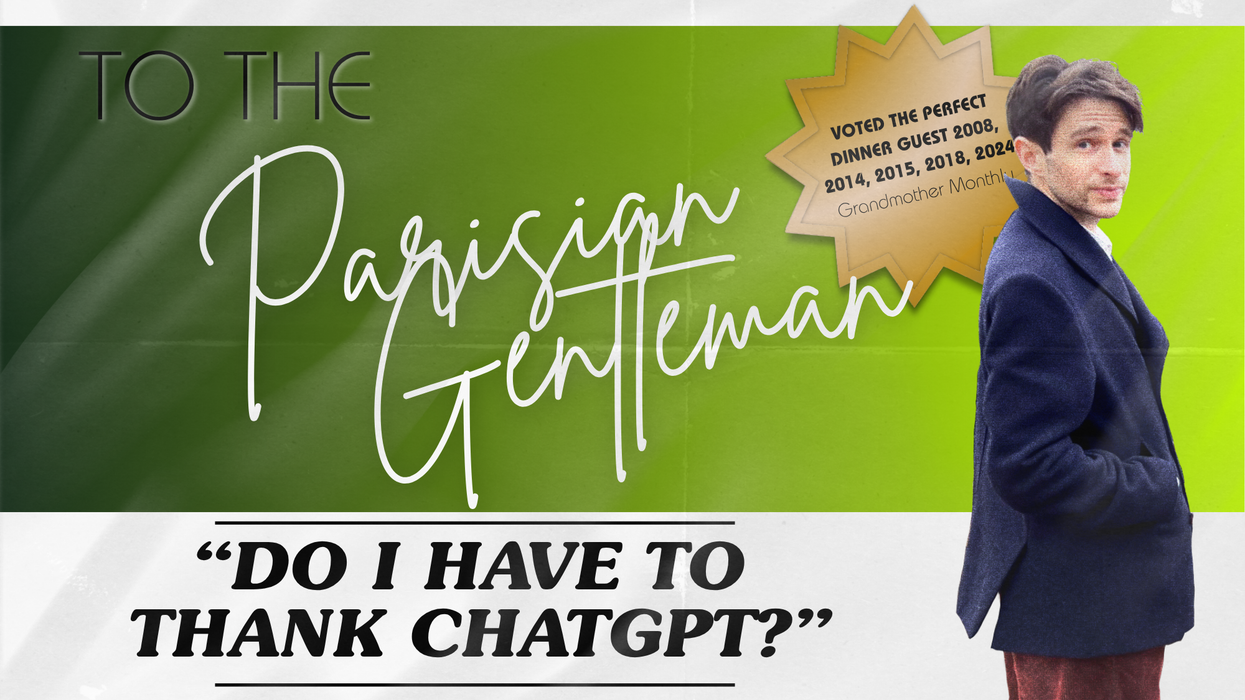

![[10/10] La Chimera: A Dreamlike Descent Into Grief, Memory and Myth](https://vextmagazine.com/media-library/image.png?id=61454821&width=1245&height=700&quality=90&coordinates=0%2C0%2C1%2C0)
